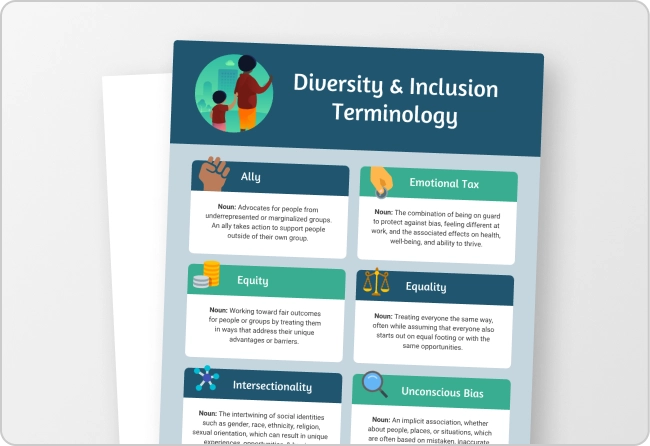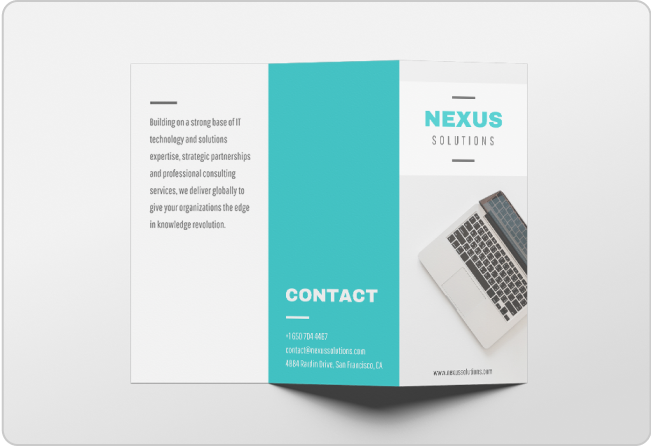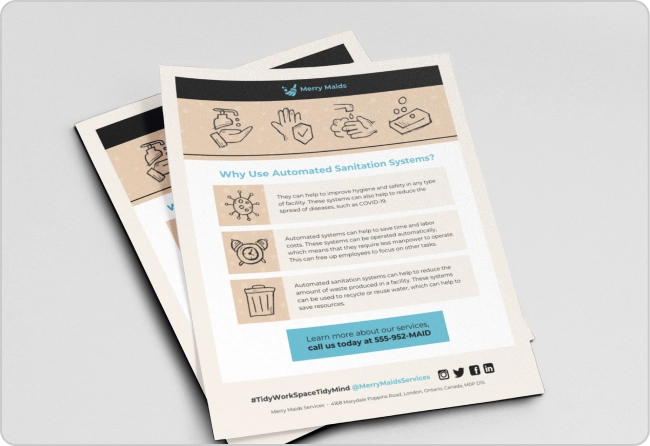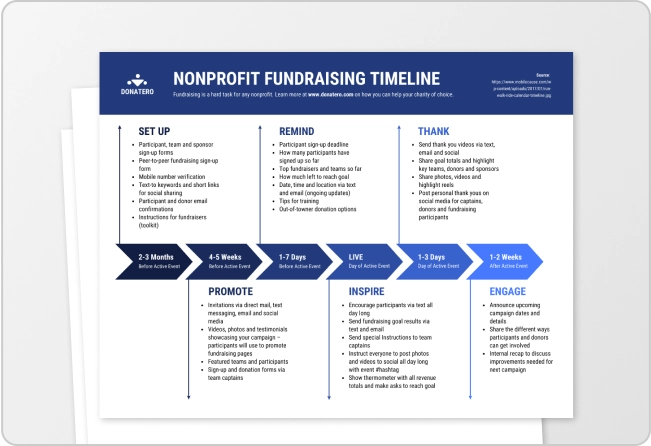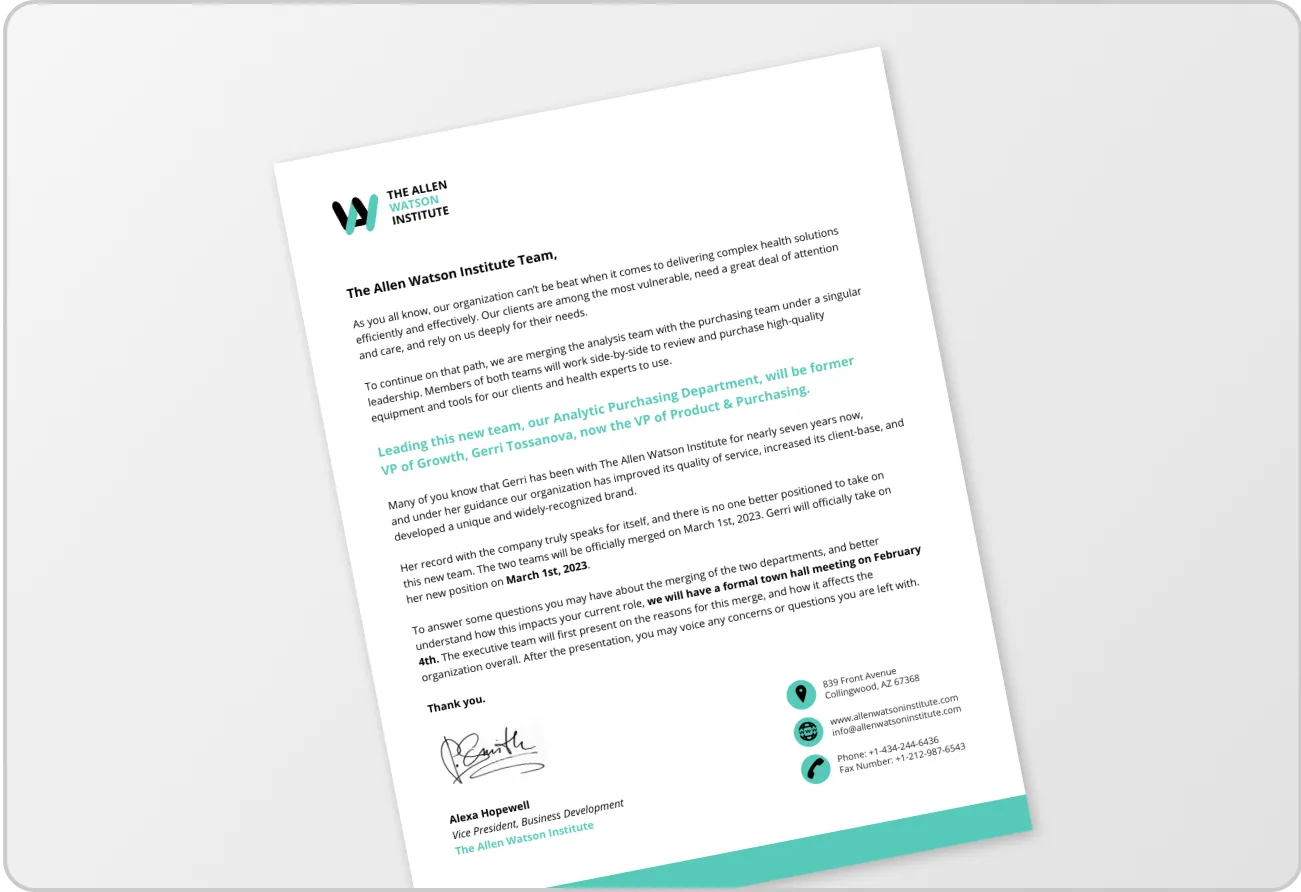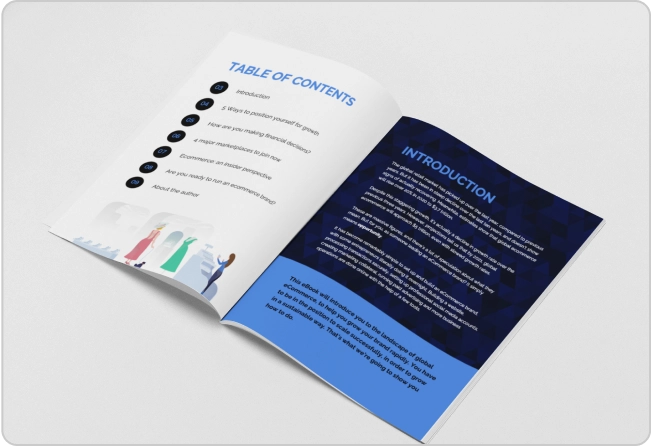As marketers, we love to play with words, crafting stories that intrigue potential customers. Often, these strategies fall flat.
While there’s no definite reason for this, a compelling explanation comes from the book Positioning: The Battle for Your Mind by Al Ries and Jack Trout. The authors compare the human mind to a saturated sponge — it can only absorb so much. Yet, we keep pouring more information into the minds of our target audience and wonder why our message doesn’t get through.
Before you add more to that dripping sponge, take a step back and rethink your audience and messaging. To help with this, I will share insights from five visual and content branding experts, covering common mistakes brands make and how to fix them.
Strategy 1: Offer an amazing visual brand experience (by Hristo Butchvarov)
Let’s try a different font style or color theme for this social media post. Who cares? No one even notices such things. It’s the content that matters. Right?
Not really. Content matters but so does design. That’s what Hristo Butchvarov, a graphic designer with 15+ years of experience, tells us. One of the most common mistakes Hristo has seen brands making, the mistake that hurts brand reputation and results in a low engagement rate is that visuals don’t align with the messaging.
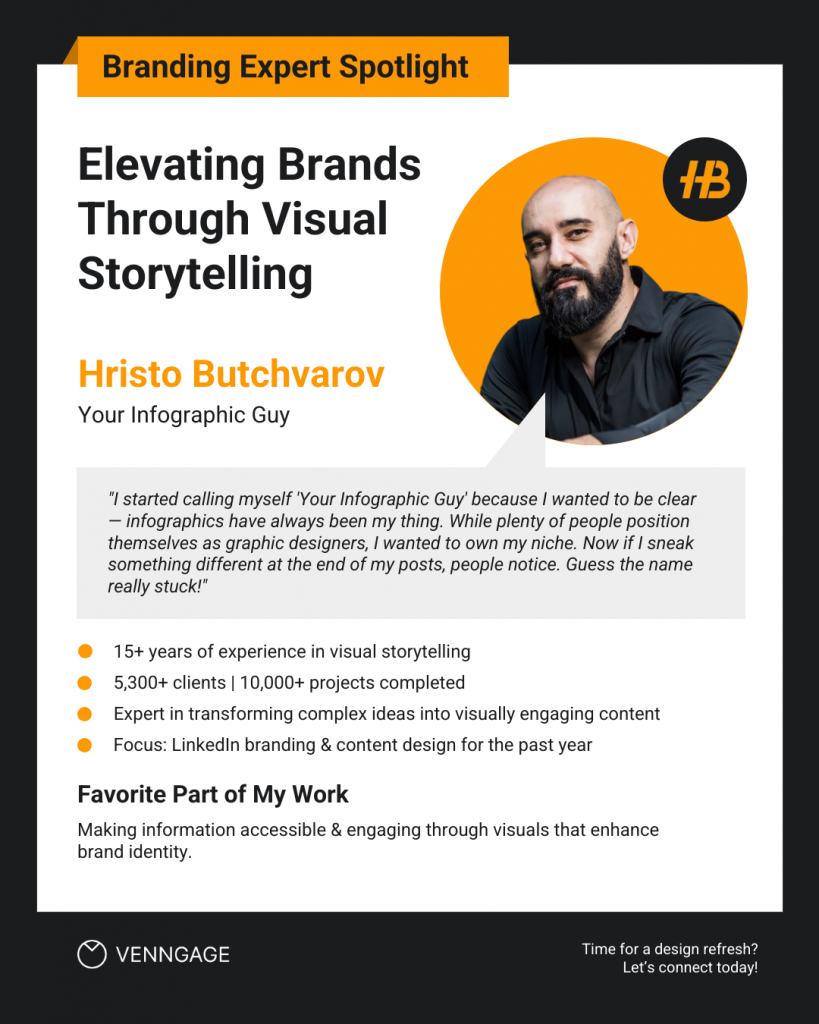
Having worked with over 5,300 clients on 10,000+ projects, Hristo helps businesses tell their stories through compelling visuals.
According to Hristo, these are the most common mistakes that result in a disjointed brand experience:
- Using random design styles that don’t match your brand.
- Overloading graphics with too much information.
- Ignoring visual hierarchy, making content hard to digest.

If you are still making any of these mistakes, it’s time to fix them. But how?
Hristo’s step-by-step strategy to align visuals with brand content
Step 1: Audit your existing content
This is where Hristo looks for inconsistencies in colors, typography, layout and messaging. Then, he creates a unified design system that aligns with the brand’s voice, positioning and design guidelines.
Pro Tip: Want to establish brand guidelines for consistent messaging? Use this Brand Guidelines Presentation Template by Venngage.
Step 2: Create clean, structured layouts
The next step is discarding cluttered and inconsistent visuals. You are then left with a clear message and strong design to engage with your audience.
Step 3: Use visual design techniques
Your old designs don’t fit the bill now. So what do you do next? Hristo recommends the following tools and techniques to improve your brand design and content:
- Photoshop for high-end custom graphics
- Illustrator for vector-based branding elements
- LinkedIn carousels & infographics for engaging content marketing
- A/B testing visuals to see what resonates best
Step 4: Follow a visual hierarchy
This is the most important step, a breakthrough moment that can change the trajectory of your brand. Once your design is ready, look at it again from a visual hierarchy and contrast perspective. Make sure the important messaging stands out clearly.
Result: This 4-step brand strategy has enabled Hristo’s clients to go from low engagement to higher engagement, create lead magnets driving higher conversions and gain more confidence in their content and brand identity.

Strategy 2: Craft a clear, compelling brand story (by Nadia Fernandez)
Talking to Nadia Fernández, the founder of La Isla Designs, about her experience in branding and design has been an eye-opener. While Hristo mentioned that brands focus too much on content and overlook designs, Nadia’s experience has been the contrary. She has worked with clients that hold on to aesthetics for dear life, while their content lacks luster.

Based on the experts’ insights, it’s safe to divide brands into two categories: those that overlook aesthetics and those that obsess over them, losing focus on content.
Now the question isn’t which category you fall in but which category you should fall in. If you listen to the experts, none. Instead, you stick in the common area where design and content work together like a well-rehearsed team.
How does that work? We’ll cover it in detail below.
Nadia has seen a lot of brands make this rookie mistake: “A sleek, modern website paired with outdated fonts from 2005, social media posts that sound like five different people wrote them and a logo that mysteriously changes colors depending on where you see it.”
Common mistakes made by brands and their impact:
- Confusing messaging that results in low engagement because people don’t know what you offer or why it matters.
- Poor design and user experience resulting in high bounce rates. Users leave at the speed of Usain Bolt before taking action.
- Inconsistent branding that causes weak brand trust as people are less likely to remember or trust the brand.
This results in missed opportunities, lower conversions and difficulty standing out from competitors.

To sum it up, your website and social media posts shouldn’t seem like the content and design team meet just once a quarter.
If your brand assets lack harmony, you need to follow Nadia’s approach to increase brand engagement — blending design, strategy and storytelling. Basically, you need to turn “ideas into digital experience.”
It requires three ingredients mainly:
- Stunning and consistent visuals: Unified fonts, colors and visuals across all platforms to capture your audience’s attention and ensure brand consistency
- Clear messaging: Simple, compelling copy that instantly communicates value
- User-friendly experiences: Strategic CTAs, easy navigation and engaging visuals that drive engagement and conversions.
“You need to tell a clear, compelling story that makes sense, captures attention, builds trust, and doesn’t leave your audience confused and running for the exit.”
Nadia Fernández
Nadia’s step-by-step strategy to bring a brand’s personality to life
Step 1: Brand and website audit
This is a given. Nadia starts with a thorough research of your website and social media content to identify the content gaps. She even sends a detailed discovery questionnaire to the clients to understand their pain points and the goals they want to achieve.
Step 2: Refine brand’s core messaging
The next step is making a brand’s messaging more clear. Nadia does this by defining a unique voice, listing brand values and highlighting the brand’s unique selling points.
Step 3: Improving website design & functionality
Once the messaging is in place, Nadia makes the website more appealing with stunning visuals and a user-friendly design.
Step 4: Aligning visuals with messaging
Now, it’s time for everything to come together. All your visuals across different platforms, including the website, social media page and blog content, should convey the same story.
Step 5: Optimizing for engagement & sales
Lastly, add strategic CTAs, SEO-friendly content, and lead-generation elements for better conversion.

Result: Following this simple strategy, Nadia’s client, a cupcake shop, was able to increase their engagement and sales by 40% in just three months. Nadia helped them revamp their site with better product pages, stronger CTAs, and a clearer brand story.
Nadia recommends the following tools and techniques to create cohesive, effective branding:
- Web Design: WordPress (Elementor), Wix, Squarespace, Shopify
- Branding & Visuals: Canva, Adobe Creative Suite (Illustrator, Photoshop), Figma
- SEO & Content Optimization: Yoast SEO, All In One SEO, Google Analytics
- Marketing & Automation: Mailchimp, Meta Ads, Google Ads, Tally for lead capture
Key takeaways:
- Strong messaging is important: A most beautiful website or profile won’t perform unless it has strong messaging and a clear strategy.
- Know your brand story: Clarity is everything. If you can’t explain your brand’s value in a sentence, then it’s too complicated.
- Prioritize user experience: Your website should look good and guide users towards action.
- Stay consistent: From your logo to your website to your social media; branding should feel seamless and cohesive.

Strategy 3: Focus on strategy first, content second (by Audrey Chia)
There is a thin line between promotion and self-indulgence and many brands are blissfully unaware. Audrey Chia, the founder of Close With Copy, has seen too many brands (both startups and large organizations) talk about themselves and miss out on what’s in it for the audience. While brands do need to blow their own trumpet, the problem arises when they “speak at their audience, instead of speaking to them.”

Let’s say you walk into a store looking for a particular jacket and the salesperson starts rattling off the store’s entire history — how they source their materials, how long they’ve been in business — without ever asking what you’re looking for.
That’s exactly how neglected the audience feels when brands only talk about themselves without addressing the audience’s needs. Audrey summarizes this aptly. “When you talk to everyone, you’re talking to no one.”
She also highlights that not focusing on the audience’s needs means that brands put out content without any strategy, content that lacks a unique value proposition. No points for guessing that such content doesn’t convert.
Here are some of the most common mistakes brands make according to Audrey:

The million dollar question is: how do you get conversions from your content?
Follow Audrey’s mantra ‘Strategy First, Content Second!’ Winning content means incorporating all these three elements:
- What your audience wants?
- What your competitors are saying?
- What makes your offer unique?
Audrey calls this the golden thread; a powerful message that ties everything together.

Audrey’s process to creating content that brings results
Step 1: Start with strategy
Before you start churning out content, there are a few things you need to be absolutely clear about:
- What is important to your audience?
- Who are your competitors, and what are they saying?
- What are the core features and benefits of your product?
- Who is your audience, and what pain points and motivations do you want to target?
Remember there is no secret sauce to figure all this out correctly in one go. You learn, you experiment, you roll. Audrey suggests “using a mix of data to gather real insights, combined with human intuition and creativity.” Connect with your audience to understand what works for them.
Step 2: Create a war chest of information
You have gradually figured out who your target audience is and how you need to approach them. Bingo! Now, you build a war chest of information. This means writing different versions of your core messaging and testing them so you know what works and what doesn’t.
Once you know what the audience likes, you structure the messaging to frame different content pieces.
Audrey explains this with an example. When she started working with her client, a cleaning company in Singapore, she conducted extensive research, including customer interviews and competitor research to identify the key selling points other cleaning companies were using.
Gradually, she figured out the 50-point cleaning checklist the client referred to in their daily operations. Audrey packaged the checklist into the messaging to highlight the client’s USP and explained how they deliver value.
Step 3: Create content based on data-driven insights and real customer feedback.
Another interesting observation Audrey had while working with the cleaning company was that the customers didn’t want the cheapest service provider because that meant compromising with the quality. So, she repackaged the core messaging from pricing to value.
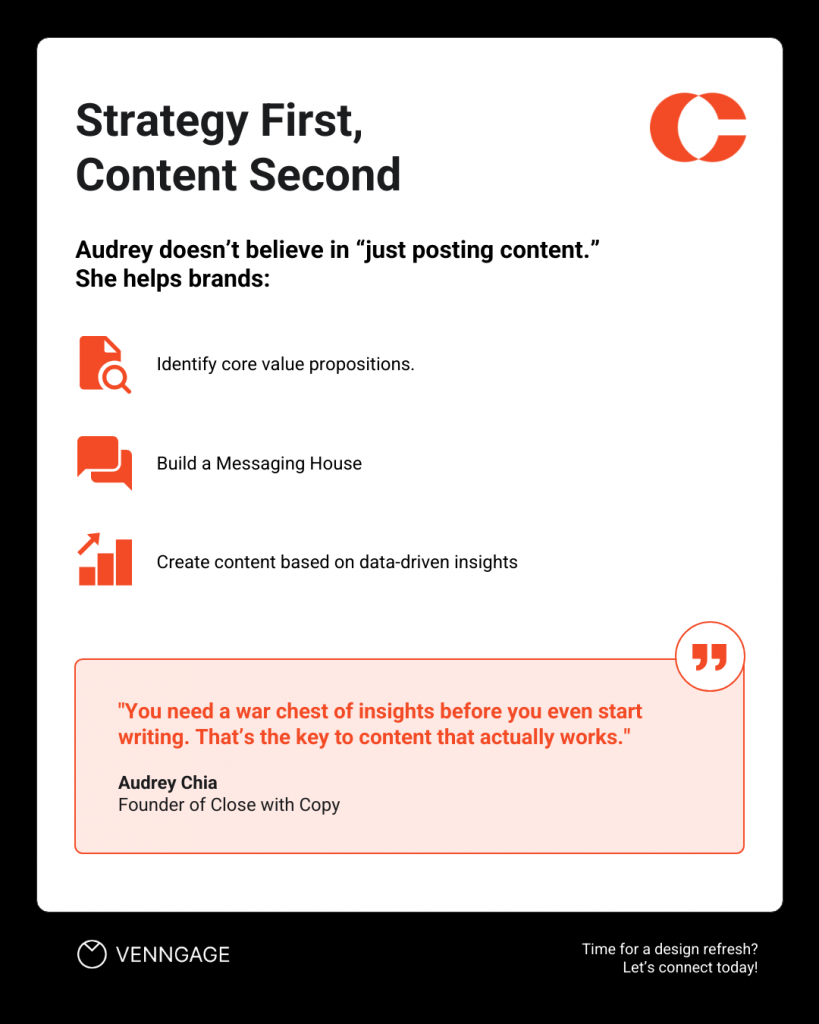
Result: This elaborate strategy led Audrey’s client to increase their clickthrough by 5x and build a solid customer pipeline over the years.
Strategy 4: Focus on cohesive branding with maximum value (by Noam Nisand)
Your audience is smarter than you think. You don’t need to spoonfeed them everything, explain every concept and push too many ideas. It’s easy to think you are helping them but it’s the opposite, actually. Too much information can confuse them.
Noam Nisand, the founder of Leed Services, explains that cramming content in a visual post makes it difficult for the audience to grasp the main point quickly. And that’s not the only struggle. Most people either fail to post content at all or post generic content that tugs at the heart of no one.
They get stuck in an endless loop of no post, no engagement or poor content, poor engagement.

The common mistakes Noam has observed businesses making:
- Overly polished, corporate content: Feels robotic and fails to connect
- Information overload: Too much detail overwhelms readers, and your key point gets lost

How do you get out of this loop?
Step 1: Simplify the content
If you are a salesperson reading this, understand that your audience doesn’t want to read another post with technical sales lingo, such as multi-channel attribution, maximize CLTV and drip campaign.
You can replace this language with simple terms. Noam’s first step in improving both visuals and messaging is slashing the salesy and overly technical jargon. He insists his clients use simple and clear language.
Step 2: Focus on cohesive, effective branding
Noam follows a three-factor approach for effective branding:
- Minimalistic design with maximum value: Every visual should communicate the core message in seconds.
- Scannable content structure: Breaking things down into clear sections that flow logically.
- Conversational tone: Writing the way people talk, so the content feels natural and engaging.
In fact, his go-to design and content strategy is “minimalistic design with value-packed information.” You need to find the perfect balance between clarity and impact. Most importantly, don’t make your audience fetch for information. Give them important details clearly without going into unnecessary details.

Pro Tip: Setting up brand fonts, color themes, and logos in one place is a great way to create cohesive designs. You can achieve this with Venngage’s My BrandKit feature. Simply search your brand name and add your brand kit. You can then apply your logos and brand icons to any visuals in seconds.
Result: Using the clear and structured content approach, Noam has helped a B2B leader increase engagement on his LinkedIn posts.
Key takeaways:
- Content is sales: The difference between salespeople who struggle and those who thrive is their ability to turn content into conversations.
- Make it easy for people to get your message: Keep your posts clear, your visuals simple, and your structure scannable. If your audience has to work to understand your content, they won’t.
- Be consistent: Salespeople who post regularly on LinkedIn wins.

Strategy 5: Bridge the gap between information and understanding (by Chinenye Okwuoha)
Many brands, especially in the healthcare industry, are focused on putting content out there without caring about readability or accessibility. They want to post content because that’s what everyone else is doing. This kind of approach does more harm than good.
Chinenye Okwuoha, a nutritionist turned health communications designer, explains that healthcare brands couldn’t care less about colour, font, tagline, or the type of imagery they should use.
Impact? Low patient engagement. When patients don’t understand the visuals or the content, they wouldn’t want to know more about your service. In fact, some patients might even doubt your expertise or whether you have understood their concerns correctly. Unsurprisingly, you lose out on repeat customers and even referrals.

Chinenye points out that healthcare brands and professionals don’t pay attention to:
- The amount of detail they condense in a visual.
- Font size used in the design.
- The background colour & text colour for readability.
- The imagery and elements they use.
While these issues may seem trivial initially, they impact your brand in the long run.

Chinenye’s strategy to boost visual branding
Step 1: Brand audit
Chinenye begins by defining the target audience and understanding the key message. She then analyzes whether the brand assets align with their target audience. For example, a client serving elderly people has no business using a bold red colour and a handwriting font. They might associate the red color with danger. Chinenye ensures that the brand visuals are relevant and personalized to the target audience.
Step 2: Removing unnecessary medical terminologies
Medical jargon and boring stats just take up space. They don’t make you connect with your audience. Chinenye recommends swapping medical terminologies and facts with stories and anecdotes to make the messaging more convincing and relatable.
Step 3: Improving the visuals
Once the content is sorted, it’s time to improve the visuals to make the content pop. This could be as simple as ensuring consistent formatting and using a high color contrast. Chinenye assembles every design asset for the project and decides the layout for the structure and message.
Pro Tip: Venngage’s Accessible PDF Maker helps you test your designs for readability. Simply go to file and check whether the content can be easily viewed by people with visual impairments.

Result: Through her approach, Chinenye helped a healthcare professional turn her knowledge into powerful sales and patient education resources online through intentional branding and visual storytelling.

Create professional and consistent visuals with Venngage
While each expert follows a unique process and strategy for effective content and visual branding, some key features overlap in all the insights. The content should be simple and clear to understand. Plus, the content and visuals should complement and not contrast each other. Start with identifying your target audience, the kind of content they prefer and create professional visuals with clear messaging.
With Venngage, you can design stunning visuals in minutes. No more scrambling to figure out the perfect layout or adjusting your logo size. Simply upload your design assets and create beautiful designs.
































